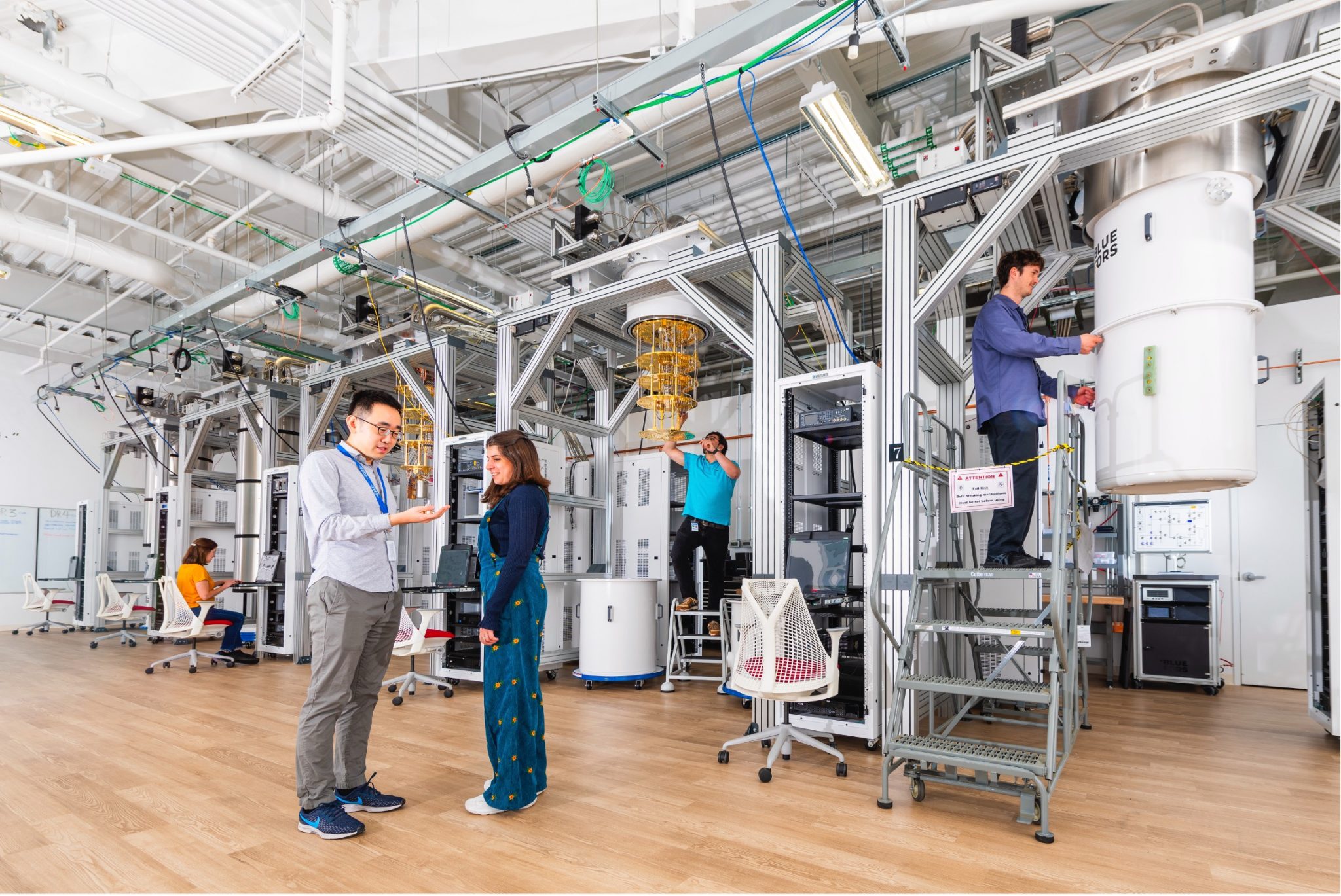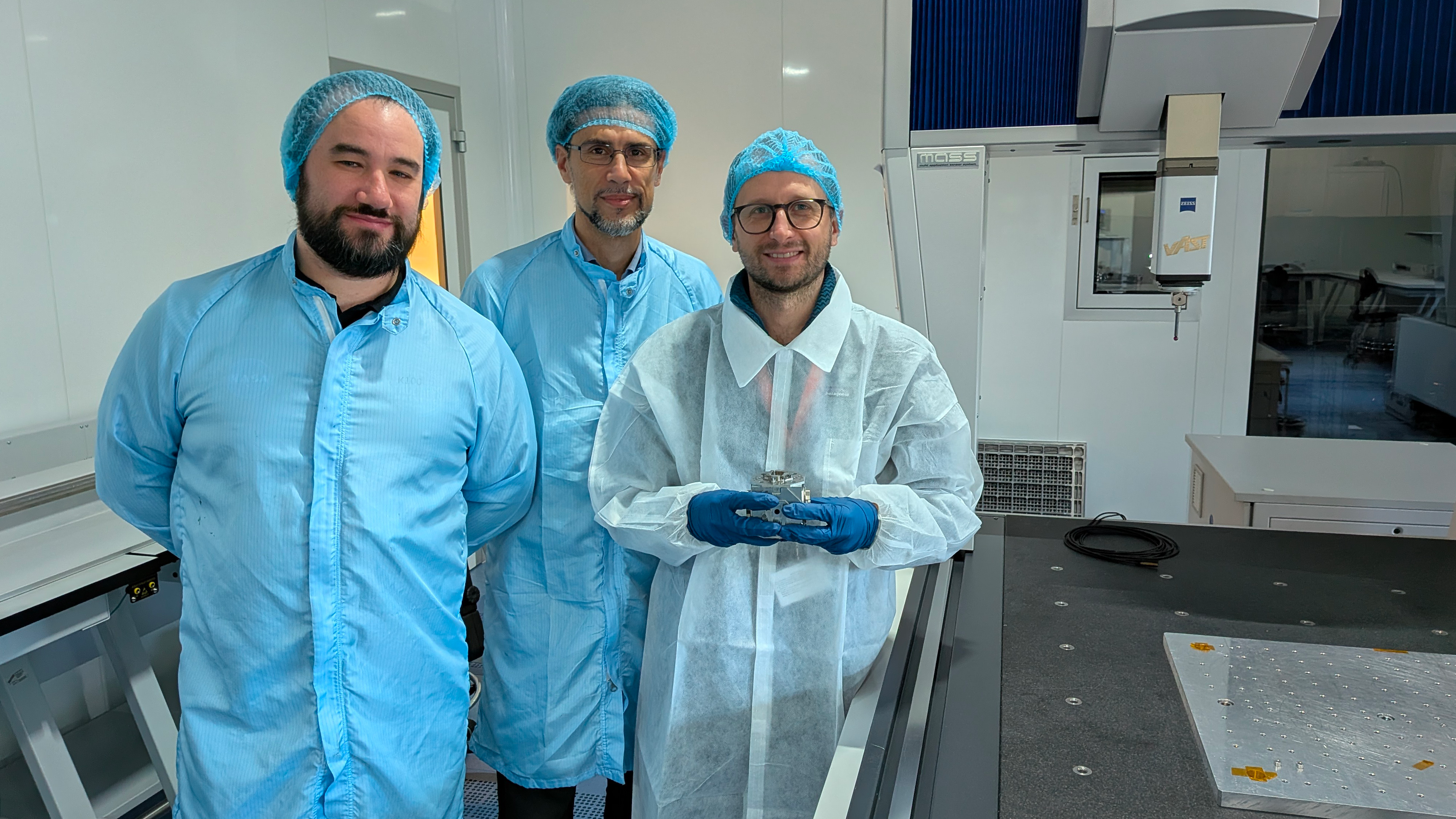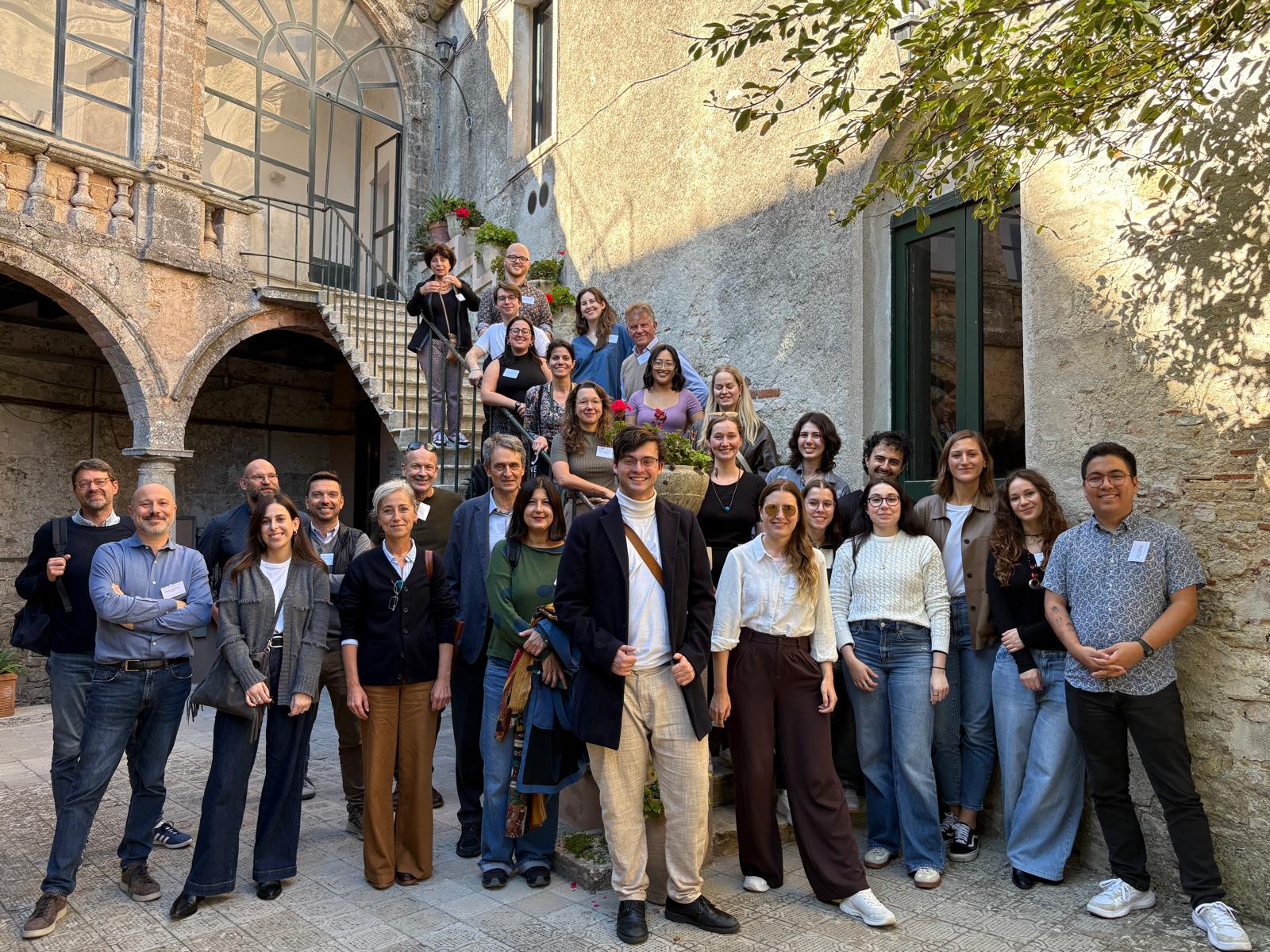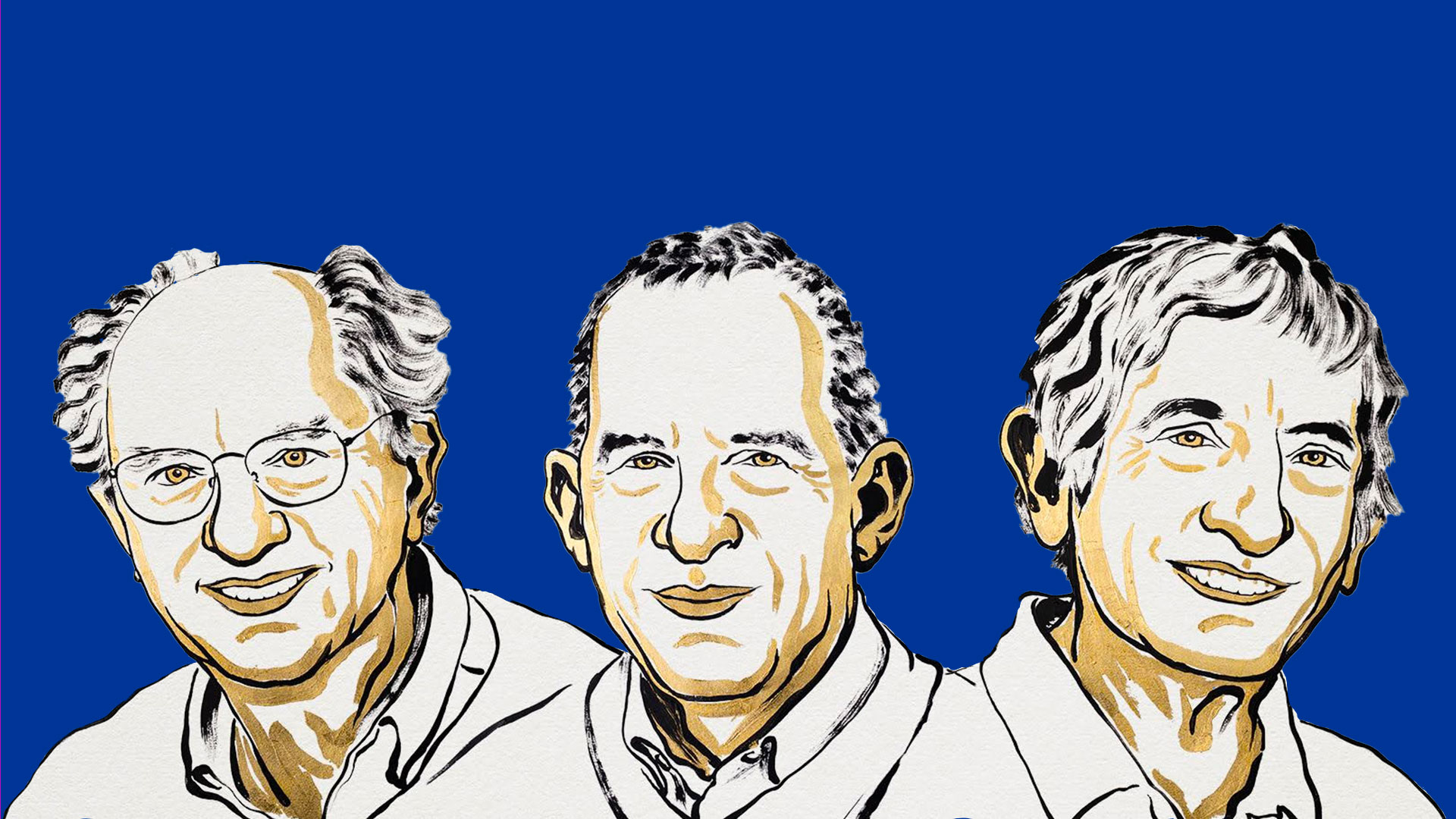
The LHCb collaboration, working on the large experiment at CERN’s LHC accelerator dedicated to the study of heavy quarks, has for the first time made public a large package of data acquired from the detector. The data, already available on CERN’s open data portal, represents approximately 20% of the total information produced by proton-proton collision events during LHC Run 1. The initiative is part of CERN’s open data policy, based on the values of transparency and international collaboration enshrined in the convention ratified by all its Member States, including Italy. The published data is the result of pre-processing done on the raw information provided by LHCb’s complex detector system. Moreover, the data was sorted and classified based on approximately 300 processes and decays, and it was made available in the same format used by LHCb physicists. To enable all users, and not just the scientific experiment and physics community, to use and understand the event samples, the data is accompanied by extensive documentation and metadata, as well as a glossary containing explanations of several hundred terms, which are useful for understanding the preprocessing work performed by the LHCb collaboration. Analysis of the database is further facilitated by algorithms specifically dedicated to LHCb, available as open-source software.





